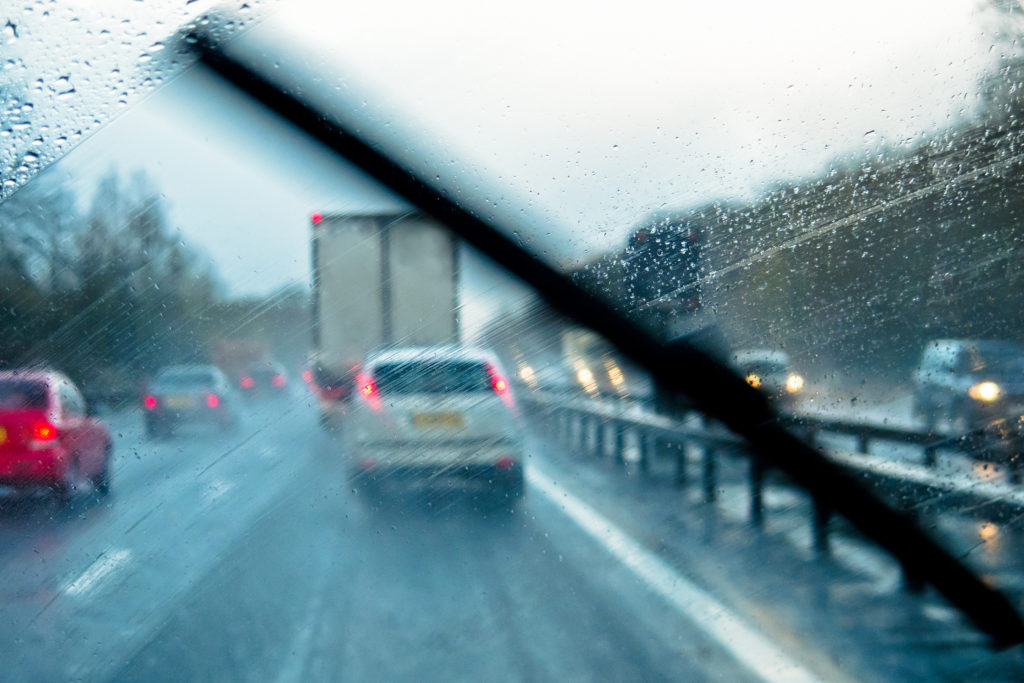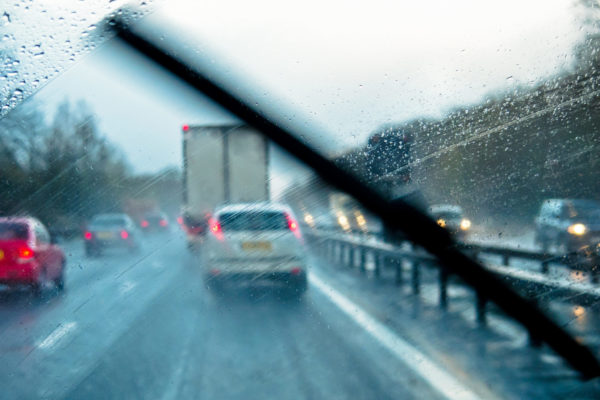
Cities across the country have seen strange weather patterns this winter, from the excessive snowfall in the Northeast to the freezing cold and rain in the South, and even our neighbors in the Western areas of the country, where there is usually little or no snowfall, have fallen victim to Mother Nature’s whims this season.
This makes it especially more important for everyone to take care and be cautious on the roadways. Here we will share several tips to assist you and your loved ones in remaining safe while traveling on wet or slippery roads.
10 Safety Tips for Travel on Slippery Roads
- Regularly check your windshield wipers, headlights, taillights, and signals to ensure proper operation
- Regularly check tire pressure and tread to ensure maximum traction and functionality
- Avoid using cruise control when driving in wet or slippery conditions. You want to have full control of the vehicle and the cruise control has been known to cause vehicles to lose control and even hydroplane
- Avoid speeding. Even at just 35mph, tires can lose traction when driving conditions are less than ideal
- Leave several car lengths between your vehicle and the one in front of you in the event the other driver stops suddenly or loses control
- If you feel your vehicle going into a skid, try not to panic (though that can be easier said than done)
- Take your foot off of the accelerator
- DO NOT engage the brakes; they are useless because the vehicle has no traction during a skid
- Steer the vehicle gently in the direction in which you want it to go; do not turn the wheel aggressively as you will likely completely lose control of the vehicle
- Allow the front wheels to regain their grip
- Continue to steer gently in the appropriate direction
- Always wear your safety belt and ensure are passengers are secured as well
- In cases where visibility is diminished, drive with your headlights on
- Avoid using your flashers unless your vehicle is disabled
- Keep an emergency kit in your vehicle to include the following items:
- Flashlight
- Paper towels
- Blanket
- Booster cables
- Flares or triangles
- Have the number to a roadside service handy – either in your glove box or saved in your cellular telephone
At Steinger, Greene, & Feiner, it is always our hope that you arrive safely to your destination. We hope that you will read and share these safety tips with friends and loved-ones alike to help those in your circle remain safe in less than ideal weather conditions. Even when employing precautions, accidents can happen. If you or someone you know is hurt in an accident, know that the caring advocates is just a call or a click away.
Speak to a car accident lawyer in West Palm Beach, a car accident lawyer in Tampa, or a car accident lawyer in Nashville.

